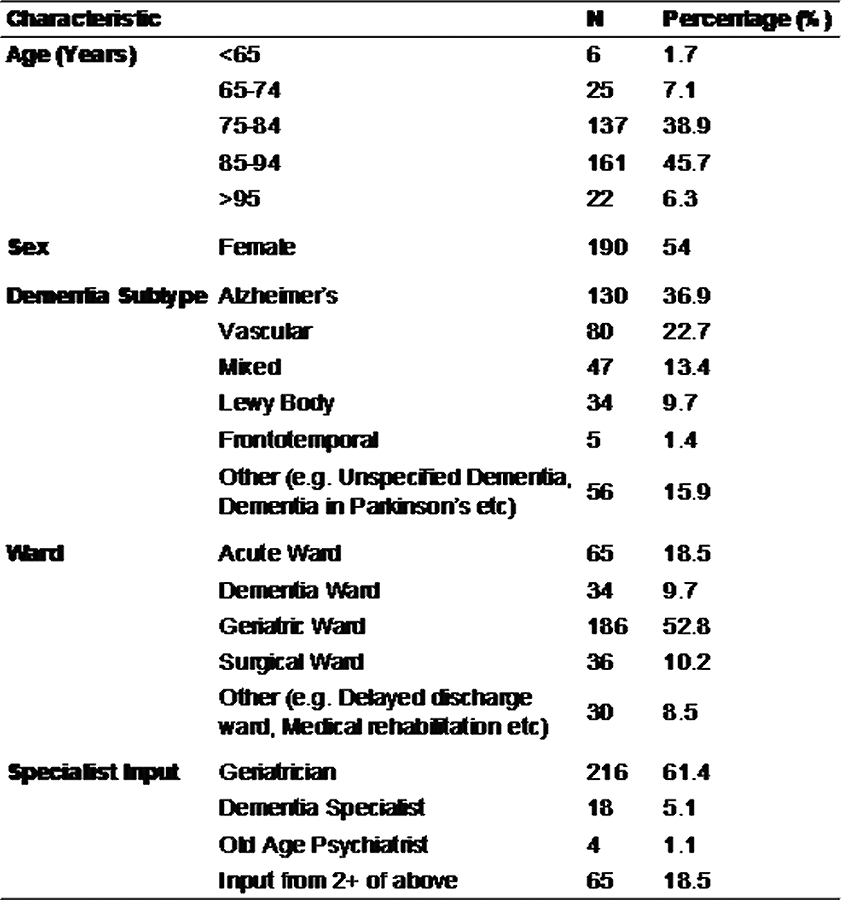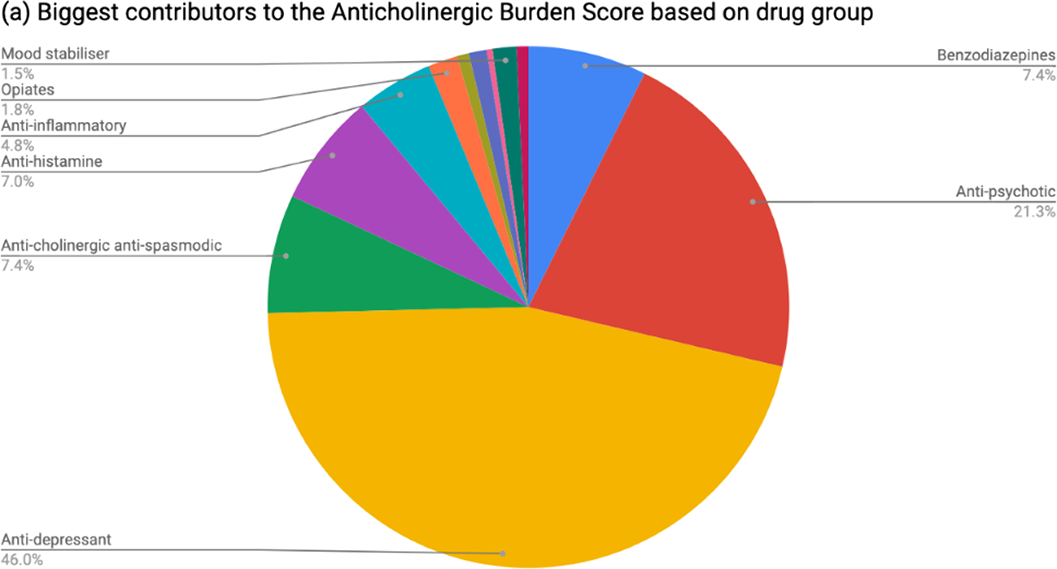58 results
3 Stricker Learning Span criterion validity: remote self-administration of a computer adaptive word list memory test shows similar ability to differentiate PET-defined biomarker groups as in-person Rey Auditory Verbal Learning Test performance in cognitively unimpaired individuals on the Alzheimer’s continuum
-
- Journal:
- Journal of the International Neuropsychological Society / Volume 29 / Issue s1 / November 2023
- Published online by Cambridge University Press:
- 21 December 2023, pp. 407-408
-
- Article
-
- You have access
- Export citation
Stricker Learning Span criterion validity: a remote self-administered multi-device compatible digital word list memory measure shows similar ability to differentiate amyloid and tau PET-defined biomarker groups as in-person Auditory Verbal Learning Test
-
- Journal:
- Journal of the International Neuropsychological Society / Volume 30 / Issue 2 / February 2024
- Published online by Cambridge University Press:
- 30 June 2023, pp. 138-151
-
- Article
-
- You have access
- Open access
- HTML
- Export citation
Integrating dissemination and implementation sciences within Clinical and Translational Science Award programs to advance translational research: Recommendations to national and local leaders – ADDENDUM
-
- Journal:
- Journal of Clinical and Translational Science / Volume 7 / Issue 1 / 2023
- Published online by Cambridge University Press:
- 26 April 2023, e97
-
- Article
-
- You have access
- Open access
- HTML
- Export citation
Modeling clinical trajectory status of critically ill COVID-19 patients over time: A method for analyzing discrete longitudinal and ordinal outcomes
-
- Journal:
- Journal of Clinical and Translational Science / Volume 6 / Issue 1 / 2022
- Published online by Cambridge University Press:
- 25 April 2022, e61
-
- Article
-
- You have access
- Open access
- HTML
- Export citation
Current variations and practice patterns in tympanic membrane perforation repair
-
- Journal:
- The Journal of Laryngology & Otology / Volume 137 / Issue 3 / March 2023
- Published online by Cambridge University Press:
- 21 March 2022, pp. 249-258
- Print publication:
- March 2023
-
- Article
- Export citation
Integrating dissemination and implementation sciences within Clinical and Translational Science Award programs to advance translational research: Recommendations to national and local leaders – ERRATUM
-
- Journal:
- Journal of Clinical and Translational Science / Volume 5 / Issue 1 / 2021
- Published online by Cambridge University Press:
- 20 December 2021, e204
-
- Article
-
- You have access
- Open access
- HTML
- Export citation
Dementia patients have greater anti-cholinergic drug burden on discharge from hospital: A multicentre cross-sectional study
-
- Journal:
- European Psychiatry / Volume 64 / Issue S1 / April 2021
- Published online by Cambridge University Press:
- 13 August 2021, pp. S422-S423
-
- Article
-
- You have access
- Open access
- Export citation
Integrating dissemination and implementation sciences within Clinical and Translational Science Award programs to advance translational research: Recommendations to national and local leaders
-
- Journal:
- Journal of Clinical and Translational Science / Volume 5 / Issue 1 / 2021
- Published online by Cambridge University Press:
- 12 July 2021, e151
-
- Article
-
- You have access
- Open access
- HTML
- Export citation
Addressing personal protective equipment (PPE) decontamination: Methylene blue and light inactivates severe acute respiratory coronavirus virus 2 (SARS-CoV-2) on N95 respirators and medical masks with maintenance of integrity and fit
- Part of
-
- Journal:
- Infection Control & Hospital Epidemiology / Volume 43 / Issue 7 / July 2022
- Published online by Cambridge University Press:
- 21 May 2021, pp. 876-885
- Print publication:
- July 2022
-
- Article
-
- You have access
- Open access
- HTML
- Export citation
Psychiatric and psychosocial morbidity 1 year after epilepsy surgery
-
- Journal:
- Irish Journal of Psychological Medicine / Volume 40 / Issue 2 / June 2023
- Published online by Cambridge University Press:
- 24 November 2020, pp. 184-191
- Print publication:
- June 2023
-
- Article
- Export citation
Asian-Pacific perspective on the psychological well-being of healthcare workers during the evolution of the COVID-19 pandemic
-
- Journal:
- BJPsych Open / Volume 6 / Issue 6 / November 2020
- Published online by Cambridge University Press:
- 08 October 2020, e116
-
- Article
-
- You have access
- Open access
- HTML
- Export citation
What you see is what you get: visual scanning failures of naturalistic social scenes in schizophrenia
-
- Journal:
- Psychological Medicine / Volume 51 / Issue 16 / December 2021
- Published online by Cambridge University Press:
- 05 June 2020, pp. 2923-2932
-
- Article
- Export citation
Excessive early-life cholesterol exposure may have later-life consequences for nonalcoholic fatty liver disease
-
- Journal:
- Journal of Developmental Origins of Health and Disease / Volume 12 / Issue 2 / April 2021
- Published online by Cambridge University Press:
- 15 April 2020, pp. 229-236
-
- Article
- Export citation
Health-related quality of life and work productivity of adults with ADHD: A UK web-based survey
-
- Journal:
- European Psychiatry / Volume 41 / Issue S1 / April 2017
- Published online by Cambridge University Press:
- 23 March 2020, p. S352
-
- Article
-
- You have access
- Export citation
Long-term effects of a maternal high-fat: high-fructose diet on offspring growth and metabolism and impact of maternal taurine supplementation
-
- Journal:
- Journal of Developmental Origins of Health and Disease / Volume 11 / Issue 4 / August 2020
- Published online by Cambridge University Press:
- 18 November 2019, pp. 419-426
-
- Article
- Export citation
Equivalency of the diagnostic accuracy of the PHQ-8 and PHQ-9: a systematic review and individual participant data meta-analysis – ERRATUM
-
- Journal:
- Psychological Medicine / Volume 50 / Issue 16 / December 2020
- Published online by Cambridge University Press:
- 19 August 2019, p. 2816
-
- Article
-
- You have access
- HTML
- Export citation
Equivalency of the diagnostic accuracy of the PHQ-8 and PHQ-9: a systematic review and individual participant data meta-analysis
-
- Journal:
- Psychological Medicine / Volume 50 / Issue 8 / June 2020
- Published online by Cambridge University Press:
- 12 July 2019, pp. 1368-1380
-
- Article
- Export citation
Closure of tracheocutaneous fistula using prefabricated conchal bowl cartilage and a supraclavicular flap
-
- Journal:
- The Journal of Laryngology & Otology / Volume 133 / Issue 8 / August 2019
- Published online by Cambridge University Press:
- 09 July 2019, pp. 727-729
- Print publication:
- August 2019
-
- Article
- Export citation
Circumstellar chemistry of Si-C bearing molecules in the C-rich AGB star IRC+10216
-
- Journal:
- Proceedings of the International Astronomical Union / Volume 14 / Issue S343 / August 2018
- Published online by Cambridge University Press:
- 30 December 2019, pp. 535-537
- Print publication:
- August 2018
-
- Article
-
- You have access
- Export citation
Probability of major depression diagnostic classification using semi-structured versus fully structured diagnostic interviews
-
- Journal:
- The British Journal of Psychiatry / Volume 212 / Issue 6 / June 2018
- Published online by Cambridge University Press:
- 02 May 2018, pp. 377-385
- Print publication:
- June 2018
-
- Article
-
- You have access
- HTML
- Export citation





